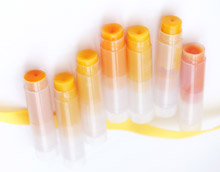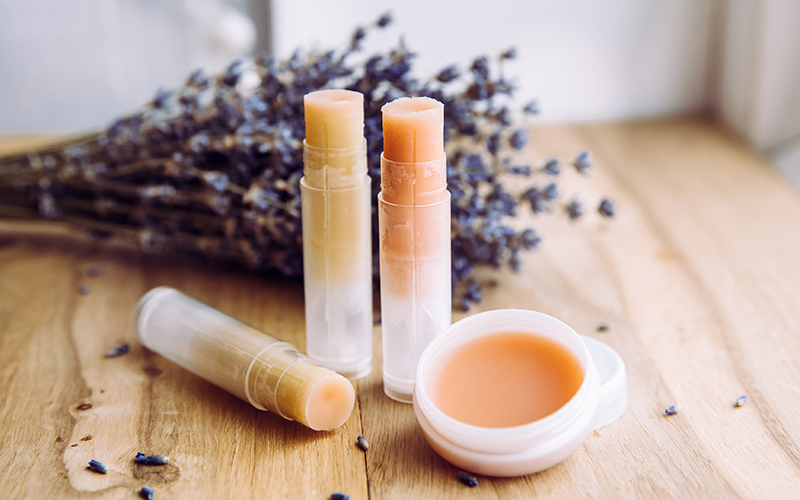Last year (2012) I wrote a post (on “Drug Claims and Lip Balm“) which discussed the use of the phrase “lip balm” as the identity of a product. Unlike “lipstick” or “lip gloss,” the specific term “lip balm” is cited in the over-the-counter drug monograph for “skin protectants” as one of the approved ways to identify a skin protectant (which is a drug).
The issue came up again recently on a newly updated FDA webpage, Cosmetic Export Certificates. On that page, which is essentially a FAQ about how to get a cosmetic export certificate, lip balm was mentioned in one of the questions, “Is my product really a cosmetic under the law?”
The answer to which was:
Many personal care products are actually drugs under U.S. law, such as products with claims of–
… Skin and lip balm

Clarification From The FDA
I immediately sent the following query to the FDA seeking clarification:
I am seeking some clarification on the use of the term “lip balm” as used to identify a product.
21 CFR 347:50, Labeling of skin protectant drug products, specifies the use of the term “lip balm” as one way in which skin protectants used on lips may be identified.
Within the handcrafted soap and cosmetic industry, the term “lip balm” has become a generic term used to identify lip products that are intended only to moisturize (and sometimes color) the lips. The ingredients in these products are generally a combination of food grade hard and soft oils, a wax (typically beeswax, but sometimes other food grade waxes), and optionally a flavor and/or color. Such manufacturers do not make claims that the product is a “skin protectant,” nor do they include sunscreen or other active ingredients.
…Clarification from the FDA on whether the use of the term “lip balm” is allowed to identify lip products other than those that are claimed to be skin protectants would be of great assistance to the handcrafted cosmetic community.
If you could provide answers to the following questions, it would be greatly appreciated:
Is the use of the term “lip balm” RESTRICTED in use to only identify skin protectant products?
In other words, does the use of the term “lip balm” cause the product to be considered skin protectant, even if no skin protectant claims are made and the product, by virtue of actual claims would otherwise be considered a cosmetic?
It took a few weeks to get an answer. The response I received back from the FDA was:
These types of products would be considered cosmetics granted they were not making drug claims (as in claiming to diagnose or treat any type of disease).
So, apparently it IS okay to use the term “lip balm” to describe a product, so long as there is no claim that it will diagnose or treat any type of disease. Keep in mind that “chapped lips” is a “disease” in the eyes of the FDA, so preventing or treating chapped lips would be a (drug) claim to diagnose, treat or prevent a disease, making the product an unapproved drug.
On the flip side, a claim that your lip balm product “improves appearance” would be only a cosmetic claim, and keep it in the cosmetic product category.
Keep in Mind …
The information I’ve provided here is what I received from the FDA. It was not worded as an “official opinion” of the FDA, and I have no idea what side-check the data went through before being sent to me.
I want to believe that all the information received in any form of communication from any FDA staff is always accurate, but my experience tells me that there have been times that FDA staff haven’t been totally correct. So take the information with a (small) grain of salt and be watchful in how you use the term “lip balm” to describe any lip product.

Shameless plug!
To really be able to create your own labels that comply with the regulations, get my book from Amazon and use it.
4th Edition – Released March 5, 2025!!!
Or order directly from me (and get a signed copy)!


Leave a Reply